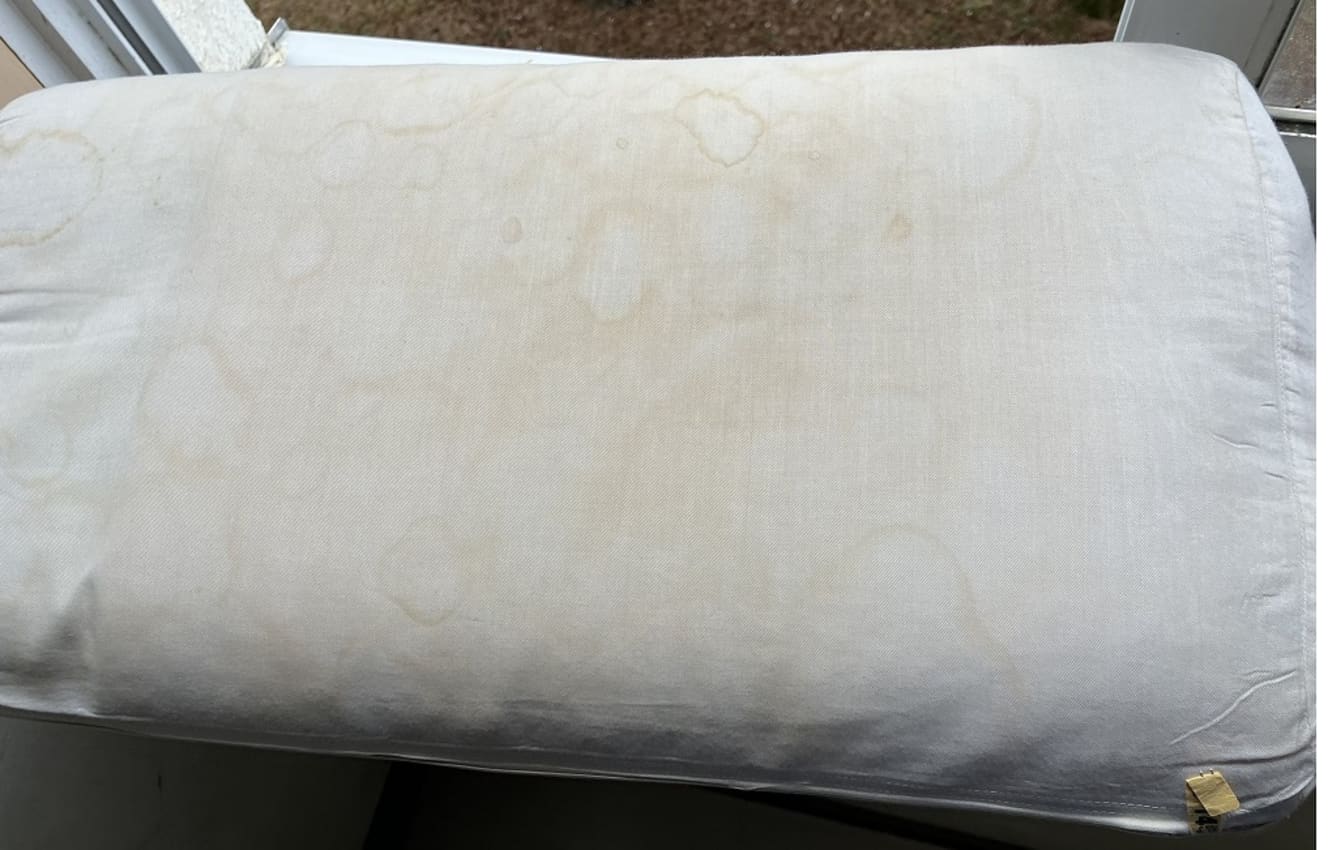The stench of years of slobber and sweat makes me nauseous. ……” The unimaginably miserable living conditions of the Self-Defense Forces personnel who protect their country.
Defense Budget Quota and Working Environment
On November 21, the “Self-Defense Forces Personnel Protection Association,” which is petitioning the government for better treatment of SDF personnel, held an information exchange meeting with Diet members at the House of Representatives First Congressional District Hall. At the meeting, SDF alumni reported on the severe working and living conditions of SDF personnel. The lawmakers were surprised by the reports on the actual working conditions, saying that they were not aware of such harsh conditions.
In 1976, the Miki administration set a limit of 1% or less for the SDF in defense spending, and the figure remained close to that level until last year. The living conditions of SDF personnel had been cut to the bone as a result of the long-term budget restrictions.
Unlike other workers, SDF personnel are exempt from the Labor Standards Law, the Minimum Wage Law, the Industrial Safety and Health Law, and orders based on these laws, as stipulated in Article 108 of the SDF Law. No matter how bad the working environment is, it does not immediately become illegal. Therefore, the government did not pay attention to the poor living conditions. As a result, recruitment of JSDF personnel became sluggish, the number of mid-career retirements increased, and the lack of necessary personnel began to impede operations.
The SDF has two slots for enlistment: one for cadets and the other for candidates for general sergeant and JSDF officer. Those who enlist as cadets spend at least two years in a group living in a place called a “unit house” within the JSDF base. Although the JSDF makes an effort to keep up appearances, the bathrooms, washing machines, air-conditioning, etc. in the members-only barracks are often left broken. The air conditioning is turned off even on tropical nights to conserve electricity, and members bathe in tap water to prevent heat stroke. “Free movement at night is forbidden, but we turn a blind eye,” says a former senior SDF officer.
[Self-Defense Forces’ barracks
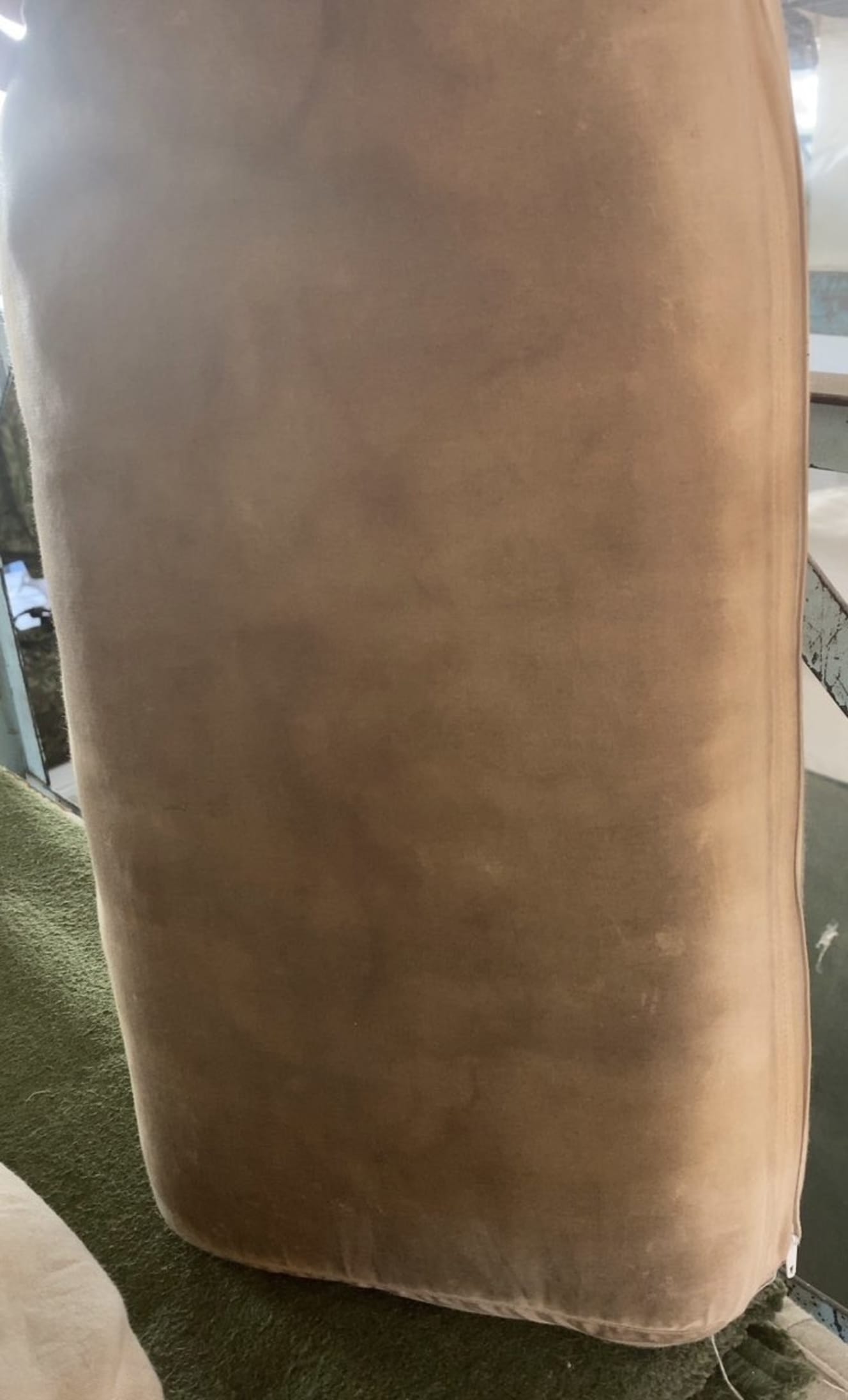
The bedding in the JSDF barracks is not exactly hygienic either. Take pillows, for example.
The stench of long-standing drool and sweat makes me nauseous. I want a new one.” When he complained, he was harshly reprimanded, saying, “Everyone has to put up with it. When I complained that I wanted a new pillow, he sternly reprimanded me, saying, “Everyone has to put up with it.
The pillows in the picture are still clean,” he said. I used to sleep on a pillow whose sponge inside had turned yellow from rotting, with a clear 30-liter plastic bag wrapped around it and a towel draped over it.
Seeing the picture of the pillow, an alumnus even commented in the aftermath of the incident.
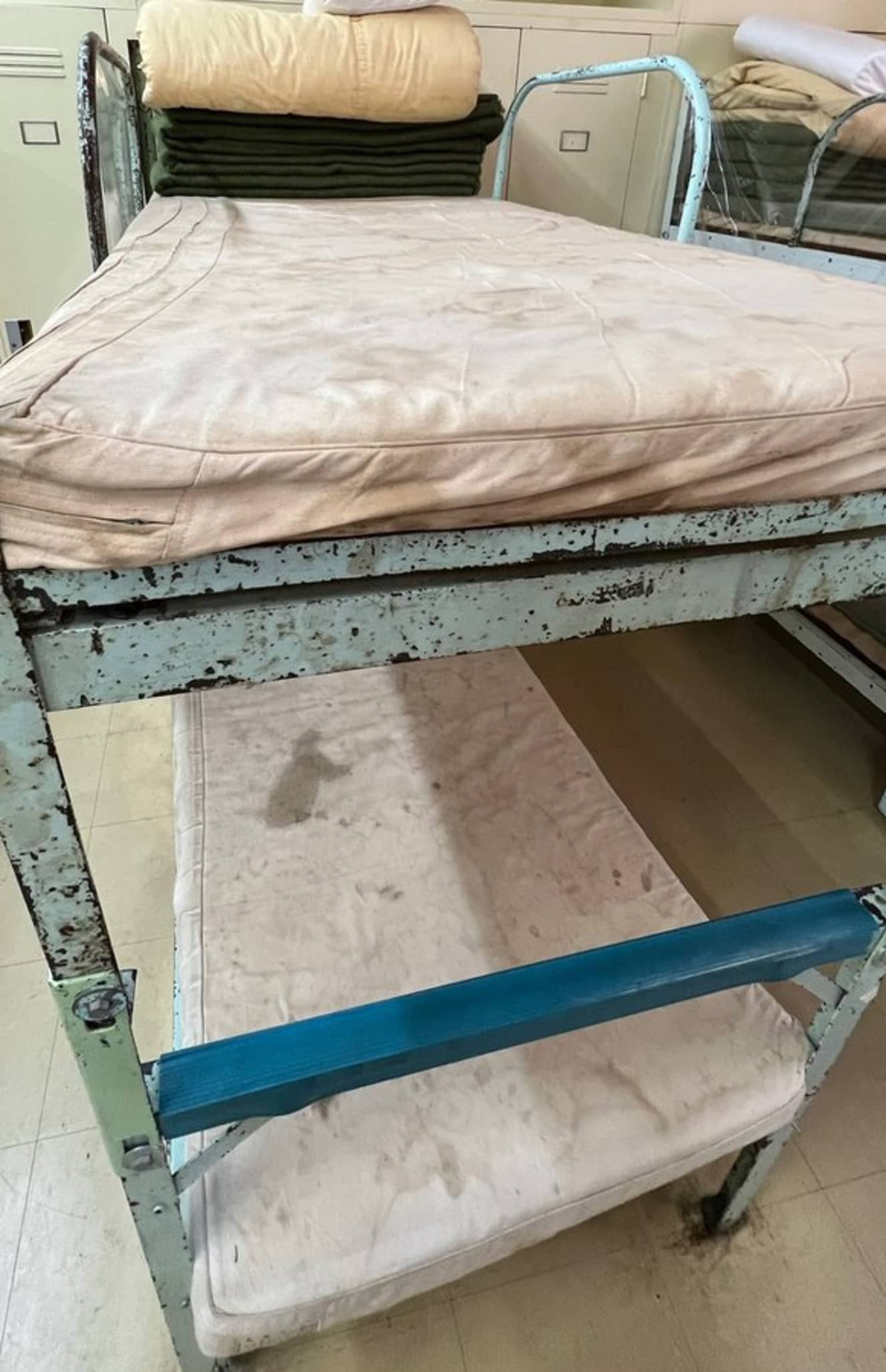
In many cases, the living conditions for reserve SDF officers (including those in the Quick Reaction Force) are even worse than those for full-time SDF officers. When they report for training, they often stay in a place called “outpatient quarters,” which is a place with bedding and beds that are no longer needed and have been discarded.
For example, a rusty bunk bed manufactured in 1982 and 40 years old is still in use. Since there was no other bedding available, the bedding was covered with towels and blankets, and sleeping bags were placed on top of the towels and blankets. One member who had slept directly on the bedding after exhausting training said, “There were so many mites that my bare skin turned bright red and burned, and the itchiness was unimaginable.
Self-Defense Forces building
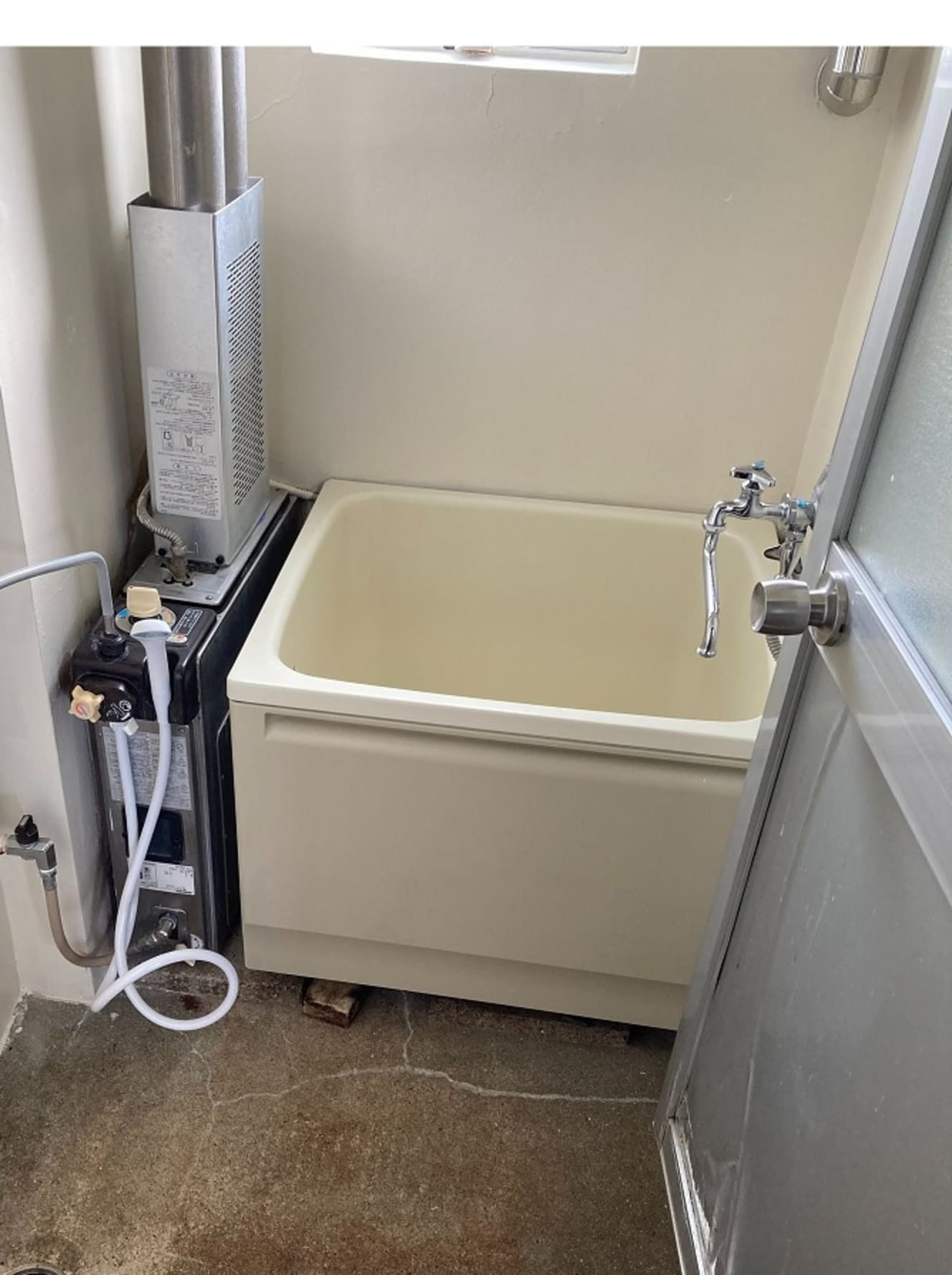
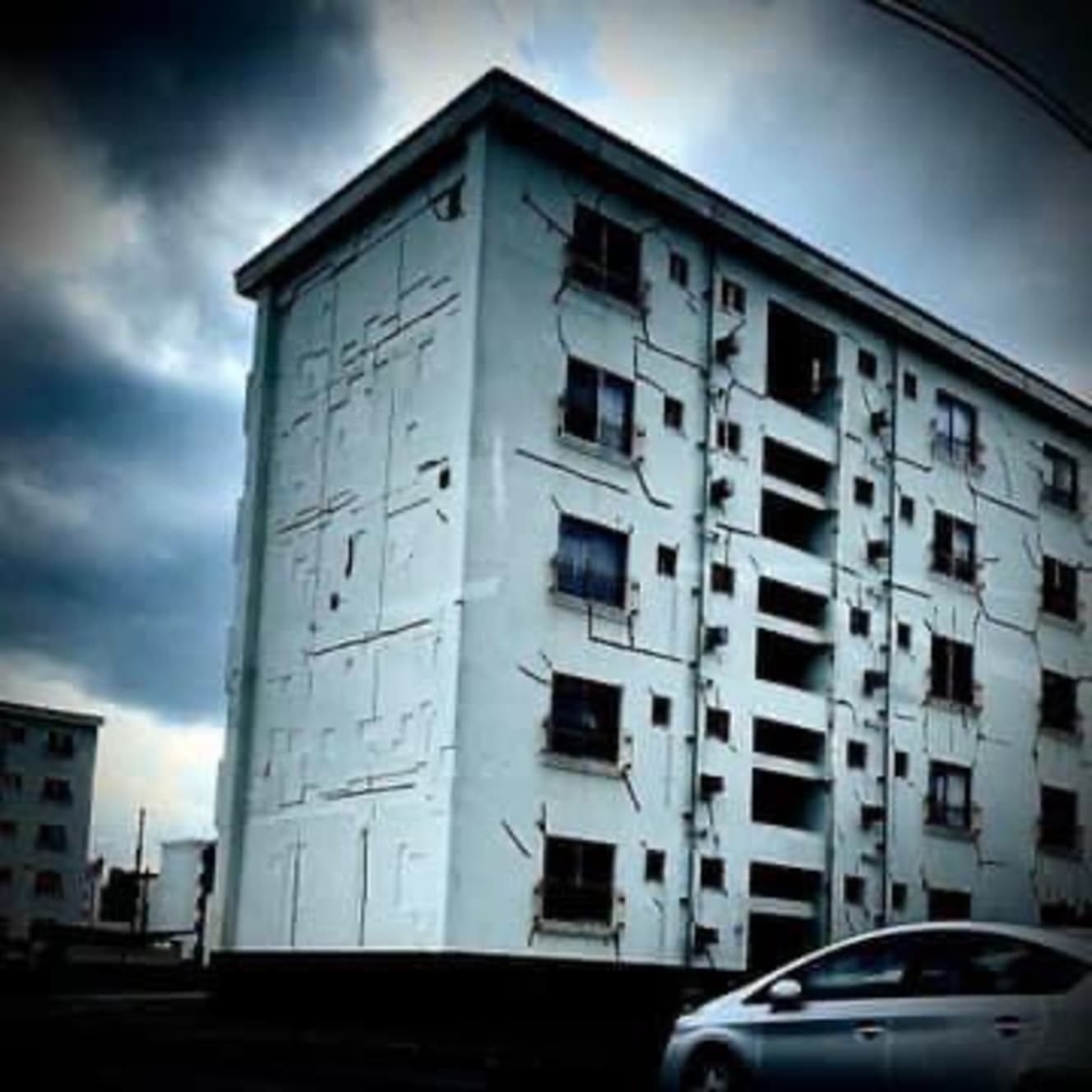
After two years of enlistment, married JSDF members are allowed to live outside the base. Here, they reside with their families in the JSDF government buildings, which are also mostly dilapidated, with the exception of some emergency assembly housing for high-ranking officers. The door pockets are also badly dilapidated, and a member who entered a government building for the first time said, “I was stunned to find that this is the most rundown building I have ever seen in my entire life.
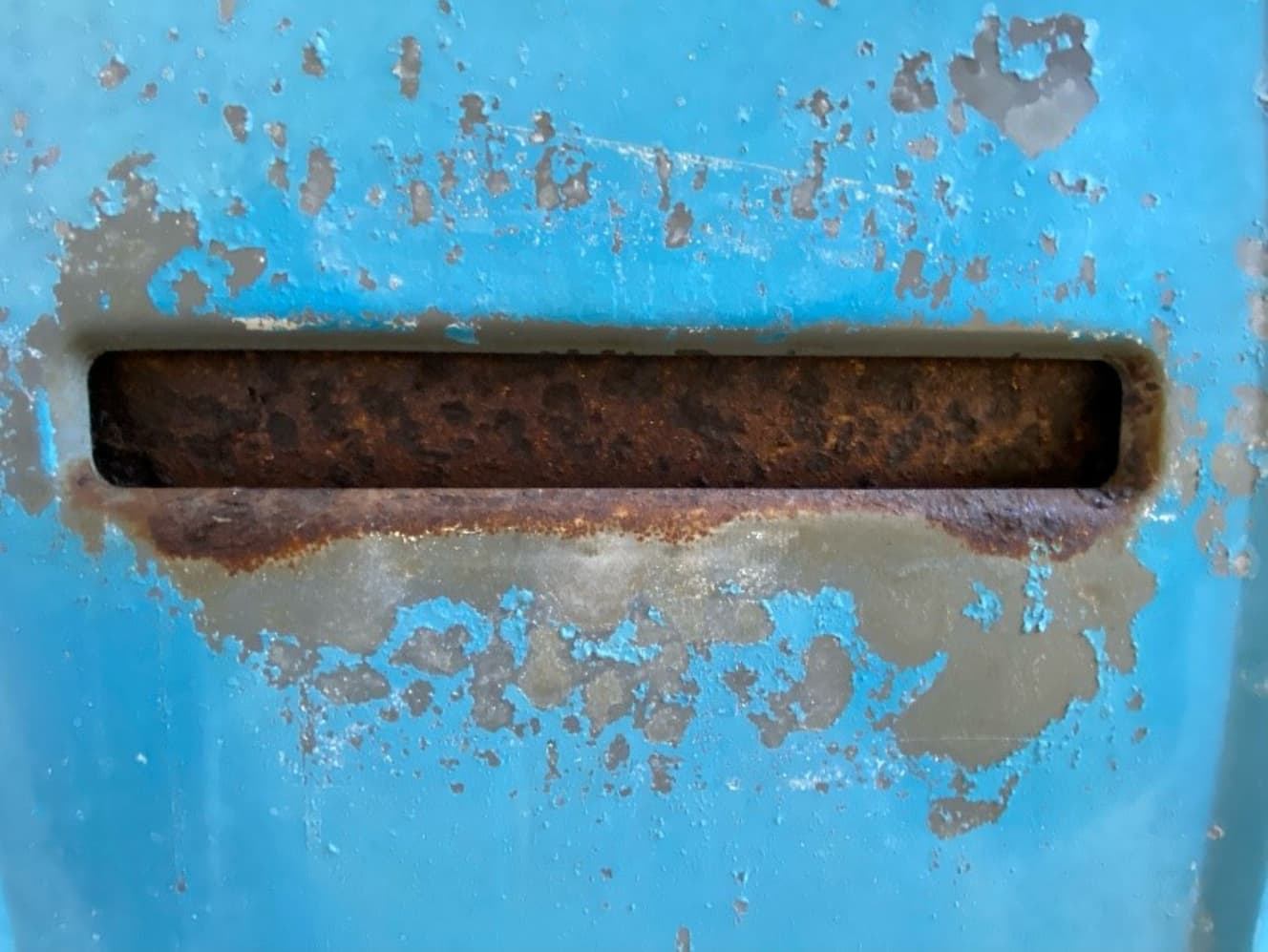
A relic of the Showa period (1926-1989), the balancing kettle, is often seen in the Self-Defense Forces’ official building. The bathtubs are extremely small because the water heater is installed next to the bathtub in the bathroom. The bathtub is extremely narrow, and one has to hold the bathtub with one’s feet in one’s hands in order to soak in the bathtub.
In addition, many of the dilapidated items in government housing are found to be unusable after the occupants move in. The balancing bathtub in this picture was found to be unusable when the residents moved in, and although they asked for repairs, there was no hope of repair even after six months, so they had to move to a different residence. The SDF does not cover the cost of moving for personal reasons, even if the move is due to a malfunction of the facilities in the government housing.
Because the balancing oven attached to the bathtub also served as the water heater for the showers, the showers could only be used with water for six months, and even then the bathrooms had bare concrete floors. The bathrooms have bare concrete floors, and the workers shiver in the middle of winter while using the showers. Even in this kind of housing, the government housing is paid for. In addition, when they move out, they are charged a considerable amount of money for repairs.
Government buildings built in the Showa period (1926-1989) have bare light bulbs hanging from their sockets. Fluorescent light bulbs cannot be used in many government buildings. There are also public employee residences with battered wall surfaces. The SDF members and their families cannot live comfortably.
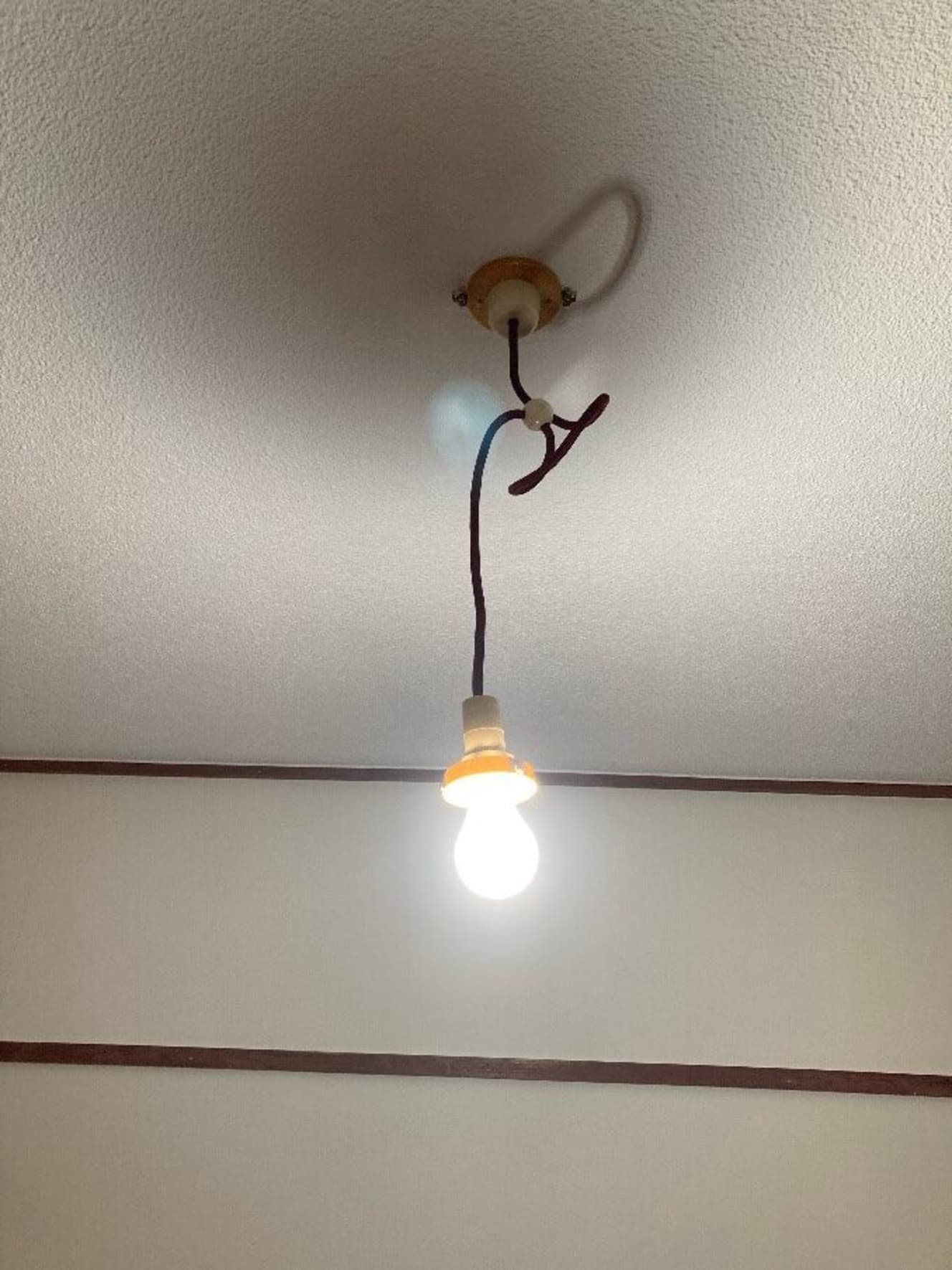
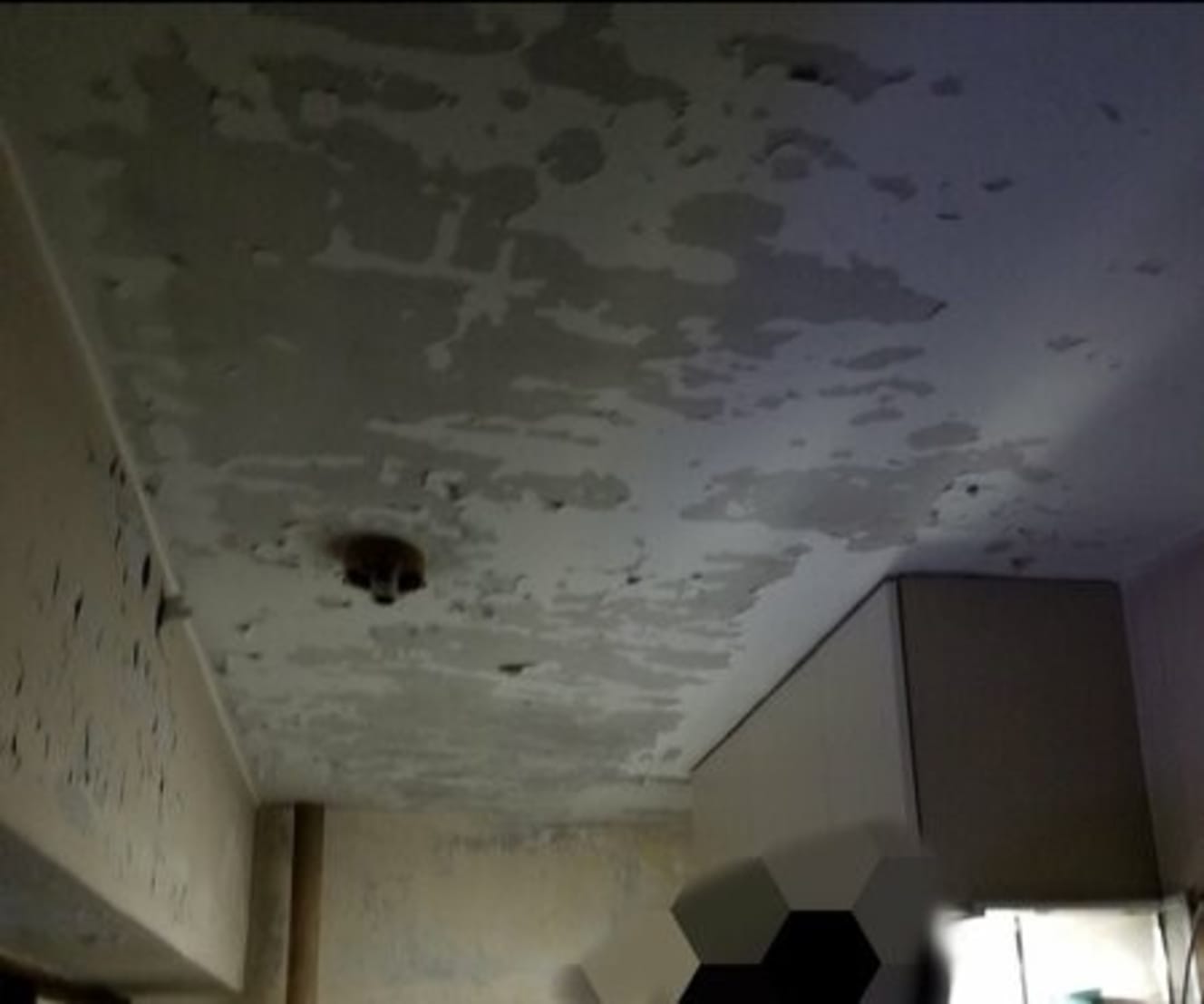
For example, in the U.S. military, if a poor work environment is detected, it is recognized as a health hazard and the manager is punished. At the level of the Self-Defense Forces, there would be a large number of layoffs. In Japan, ordinary workers are protected by the Occupational Safety and Health Law, but not the SDF personnel. Article 108 of the Self-Defense Forces Law stipulates that the Labor Standards Law, Minimum Wage Law, Pneumoconiosis Law, Occupational Safety and Health Law, and other laws and regulations do not apply to the members.
Self-defense forces personnel, who risk their lives to protect the country, are not protected by the government as workers. It would be considered brazen to ask such SDF personnel to “protect the country”.
The budget for the renewal of bedding and government buildings was finally submitted in the budget request for 2012. We sincerely hope that this budget will pass without a hitch and that the living environment for SDF personnel will be improved.
Interview, text, and photos: Rie Ogasawara
Rie Ogasawara is a national defense journalist. After graduating from Kansai Gaidai University, she worked as a freelance writer focusing on the Self-Defense Forces and security issues, and published a book titled "Self-Defense Forces Personnel Buy Toilet Paper at Bases with Their Own Money" (Fusosha Shinsho) in 2007. Winner of the 15th "True Modern Historical Perspective" Essay Competition sponsored by the APA Foundation for the Rebirth of Japan, and the Sanshuji Seishi Prize.
